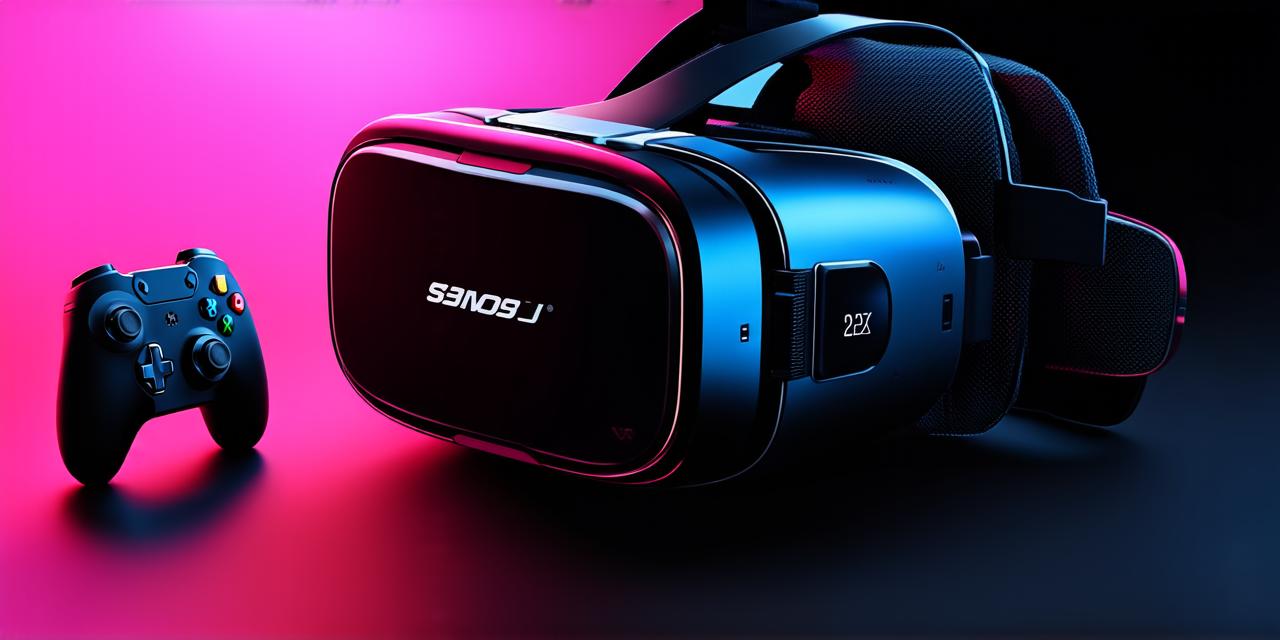The Early Years of VR: A Vision for Immersive Gaming
The concept of immersive gaming dates back at least as far as the 1960s, with pioneering researchers like Ivan Sutherland and Jaron Lanier exploring the possibilities of computer-generated environments. In 1968, Sutherland created “Swordfishtrombones,” an early VR system that used a head-mounted display (HMD) to create a simple, but immersive gaming experience.
However, it wasn’t until the 1980s and 1990s that VR technology began to take on a more recognizable form. One of the key milestones in this period was the development of the first commercial VR system, the “Virtual Reality Theater System” (VRTS), which was created by Thomas Furness III in 1982.
The VRTS used a number of advanced technologies, including computer graphics, motion tracking, and stereoscopic displays, to create a highly immersive gaming experience. Despite these early successes, the commercial viability of VR technology remained uncertain for many years.
It wasn’t until the mid-1990s that the first wave of consumer VR systems hit the market, with companies like Sega and Nintendo releasing their own VR systems to limited success. However, it was the introduction of Sony’s PlayStation VR system in 2016 that finally established VR gaming as a mainstream industry.
The Rise of Mobile VR: A New Era for Gaming on the Go
Alongside traditional console-based VR systems, mobile VR has emerged as a major force in the VR gaming market. Smartphone technology has made it possible to create highly portable and accessible VR experiences that can be enjoyed on the go.
Smartphone technology has opened up a whole new world of possibilities for developers, allowing them to create games and experiences that can be enjoyed in a wide range of settings, from the comfort of your own home to busy city streets. However, mobile VR also presents its own set of challenges, including issues with motion sickness and limited processing power, which must be addressed if VR is to become truly mainstream.
The Future of Virtual Reality Gaming: Advancements in Technology and User Experience
Despite the challenges faced by VR technology in the past, there are a number of exciting developments on the horizon that promise to revolutionize the way we experience virtual reality. One key area of innovation is the development of wireless VR systems, which will allow users to move more freely and seamlessly within virtual environments.
Another major advancement is the integration of haptic feedback technology, which will allow users to feel physical sensations within virtual worlds. In addition to these technical developments, there is also a growing focus on improving the user experience in VR gaming. This includes efforts to reduce motion sickness and improve the overall comfort and usability of VR systems.
The Evolution of VR Gaming: From Swordfishtrombones to PlayStation VR
Swordfishtrombones was one of the earliest VR systems developed by Ivan Sutherland, a pioneering researcher in the field of computer graphics and virtual reality. The system used an HMD to create a simple, immersive gaming experience for one player. It featured a headset with a small display that tracked the user’s head movements, and a gun controller that could be wielded by the player.
The Virtual Reality Theater System (VRTS) was developed by Thomas Furness III in 1982 and represented a major leap forward in VR technology. The system used advanced graphics technology, motion tracking, and stereoscopic displays to create a highly immersive gaming experience for multiple players.
In the 1990s, the first wave of consumer VR systems hit the market, with companies like Sega and Nintendo releasing their own VR systems to limited success. However, it was the introduction of Sony’s PlayStation VR system in 2016 that finally established VR gaming as a mainstream industry. The system featured advanced graphics technology, motion tracking, and a comfortable design that made it accessible to gamers of all ages and experiences.
The Rise of Mobile VR: Gaming on the Go

Mobile VR has emerged as a major force in the VR gaming market, allowing users to experience virtual reality on the go. The development of VRHs designed specifically for mobile devices, such as Samsung’s Gear VR and Google’s Cardboard, has made it possible to create highly portable and accessible VR experiences that can be enjoyed in a wide range of settings.
Mobile VR technology presents its own set of challenges, including issues with motion sickness and limited processing power. However, developers are constantly working to overcome these challenges and improve the overall user experience in mobile VR gaming.
The Future of VR Gaming: Wireless Systems and Haptic Feedback
Advancements in technology have opened up new possibilities for VR gaming, with wireless systems and haptic feedback at the forefront of innovation. Wireless systems will allow users to move more freely and seamlessly within virtual environments, while haptic feedback technology will allow them to feel physical sensations within virtual worlds.
Immersive story-driven experiences and new forms of gameplay that take advantage of the unique capabilities of virtual reality are also being explored by developers. As VR technology continues to evolve, it is exciting to imagine what the future will hold for this rapidly growing industry.
